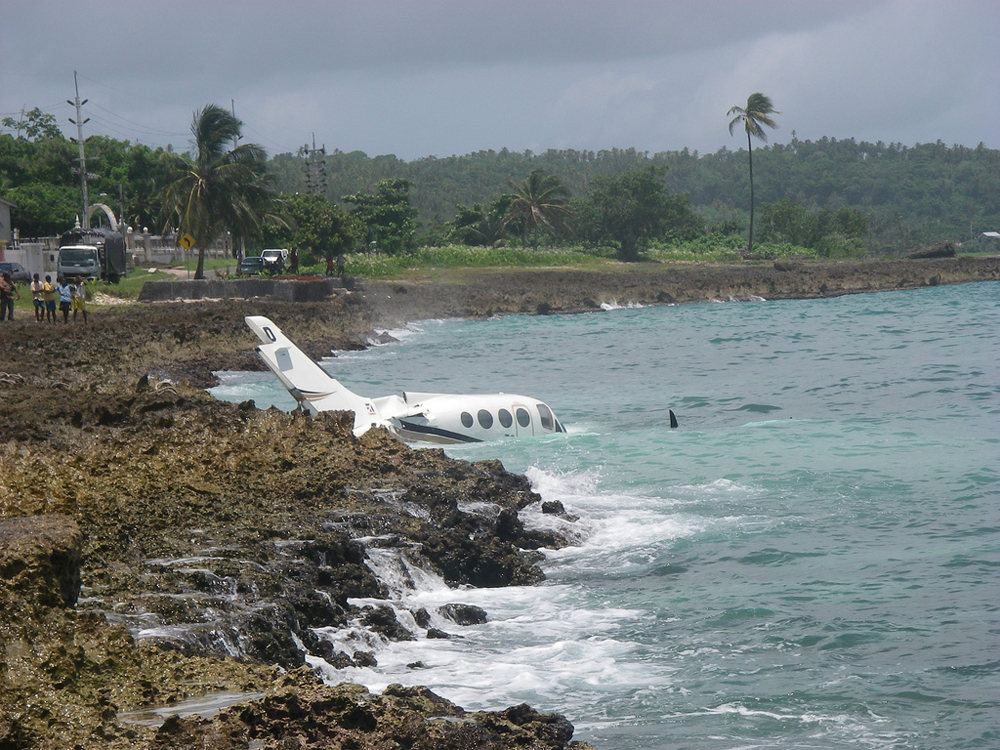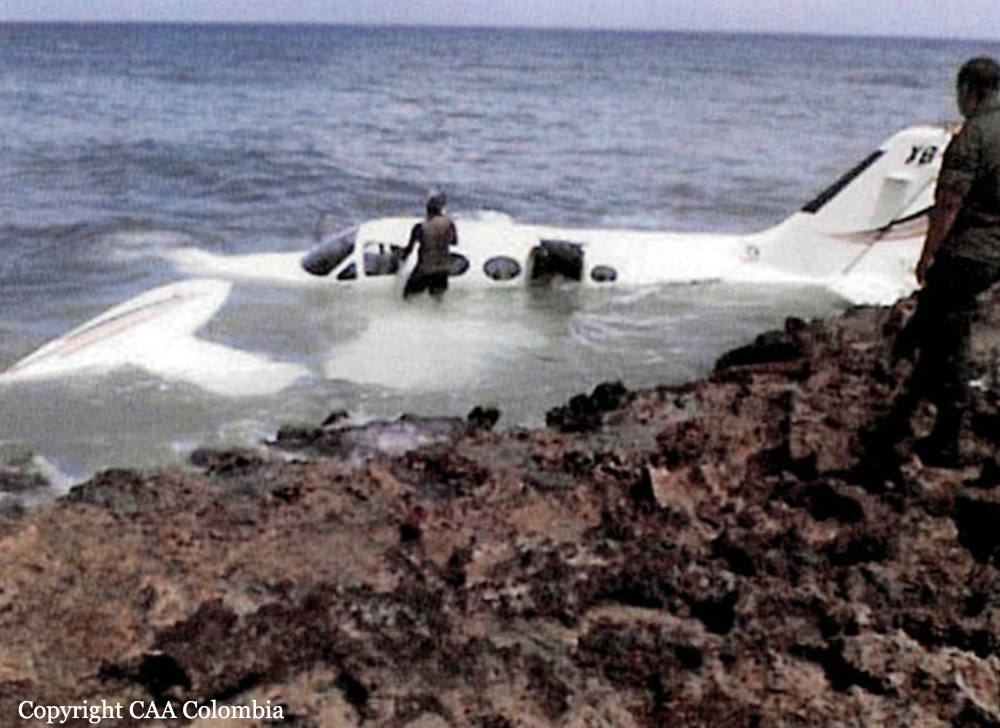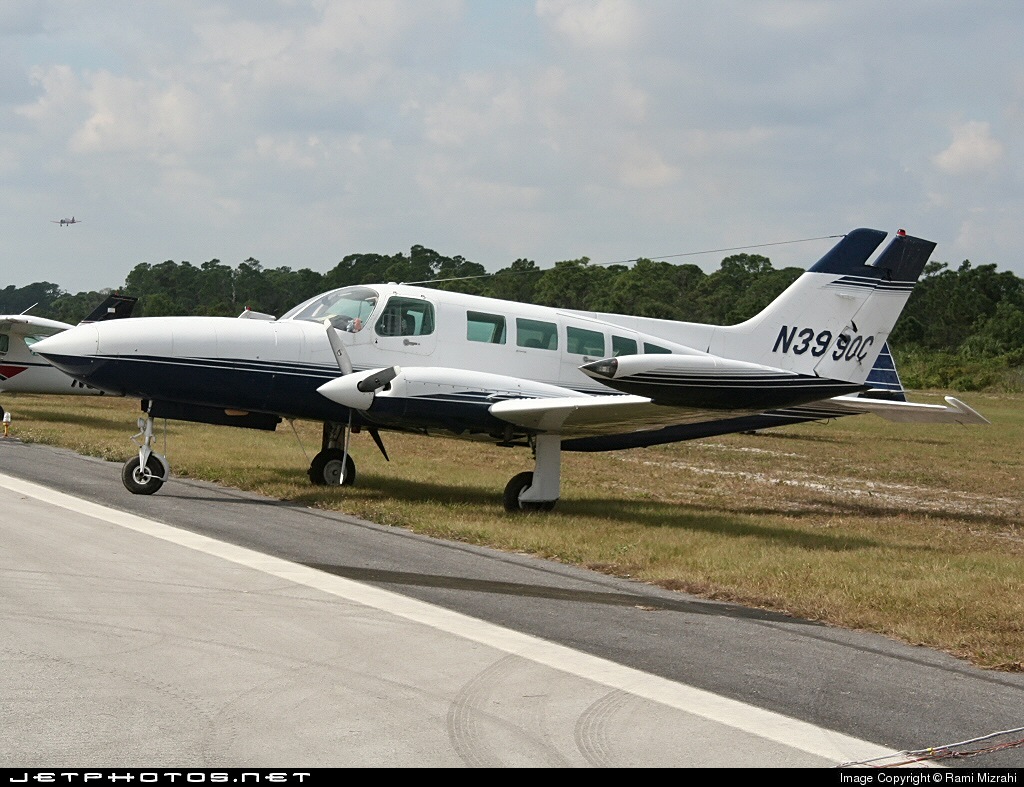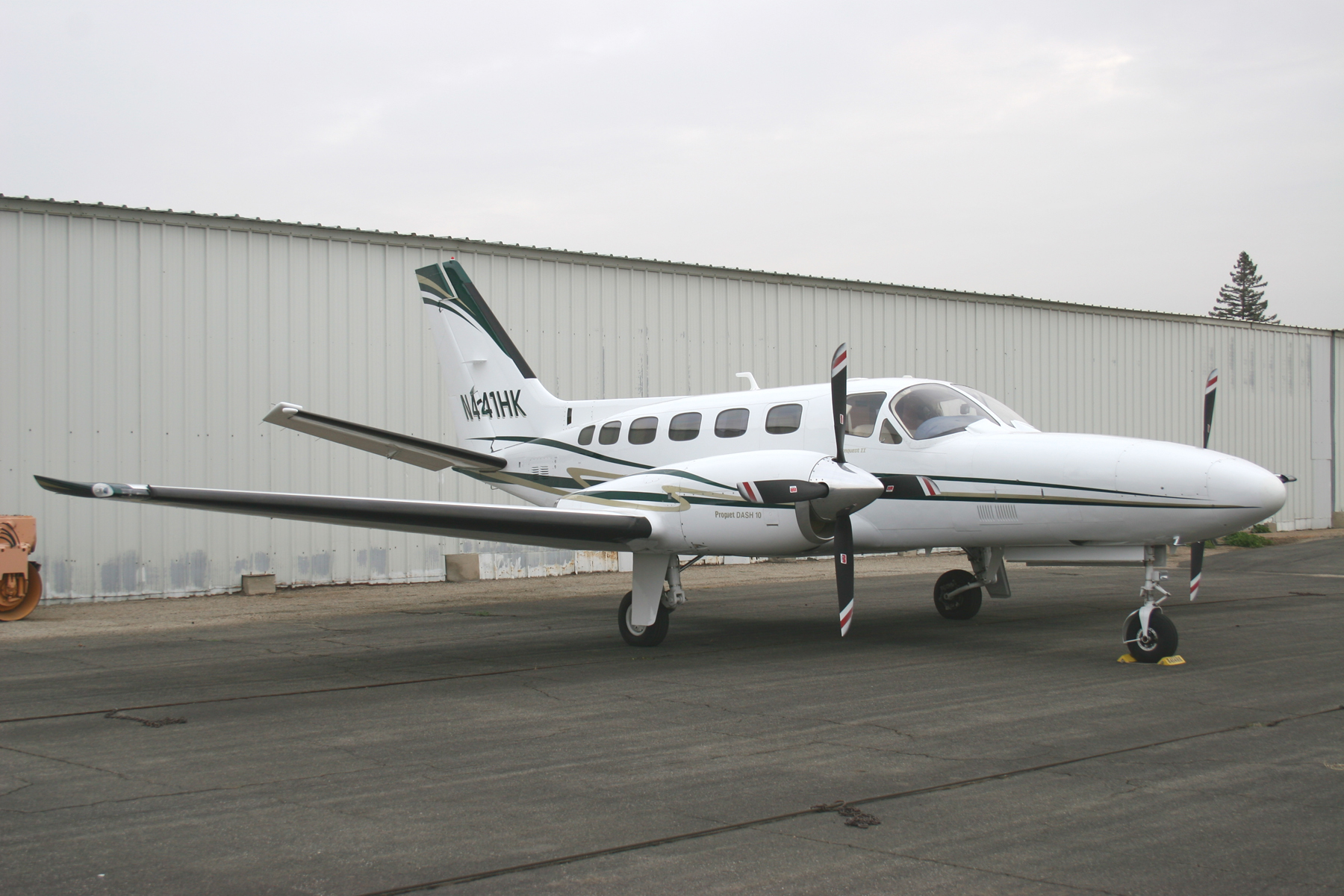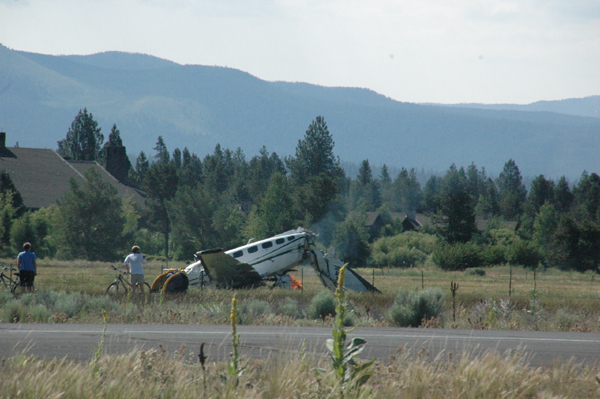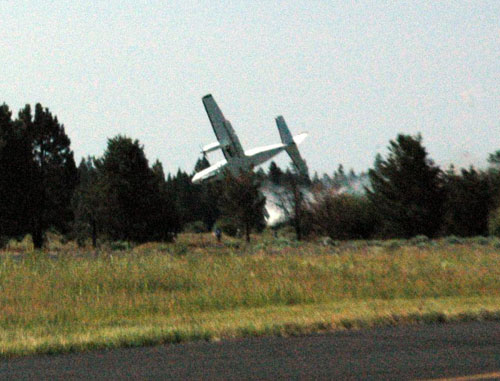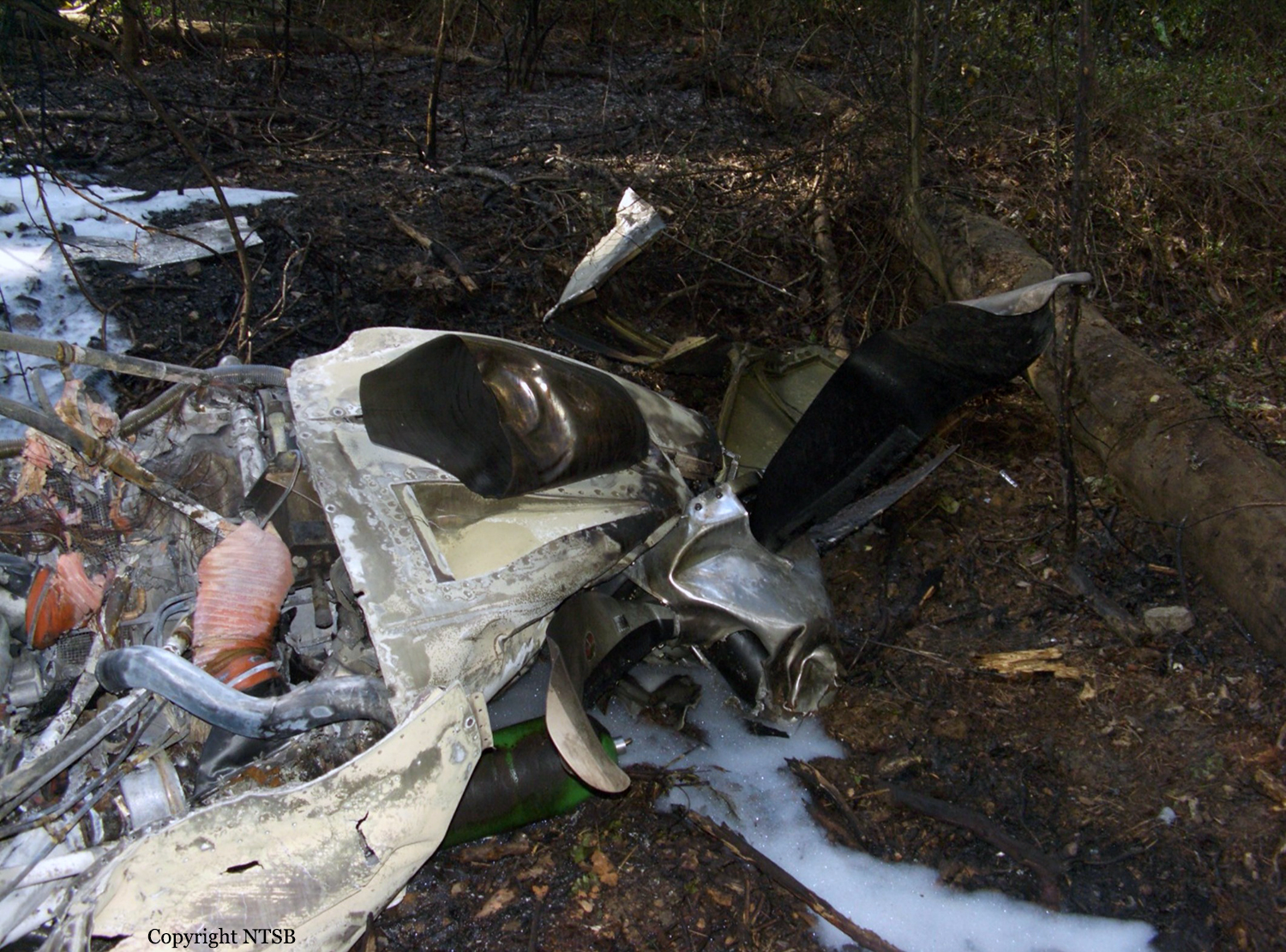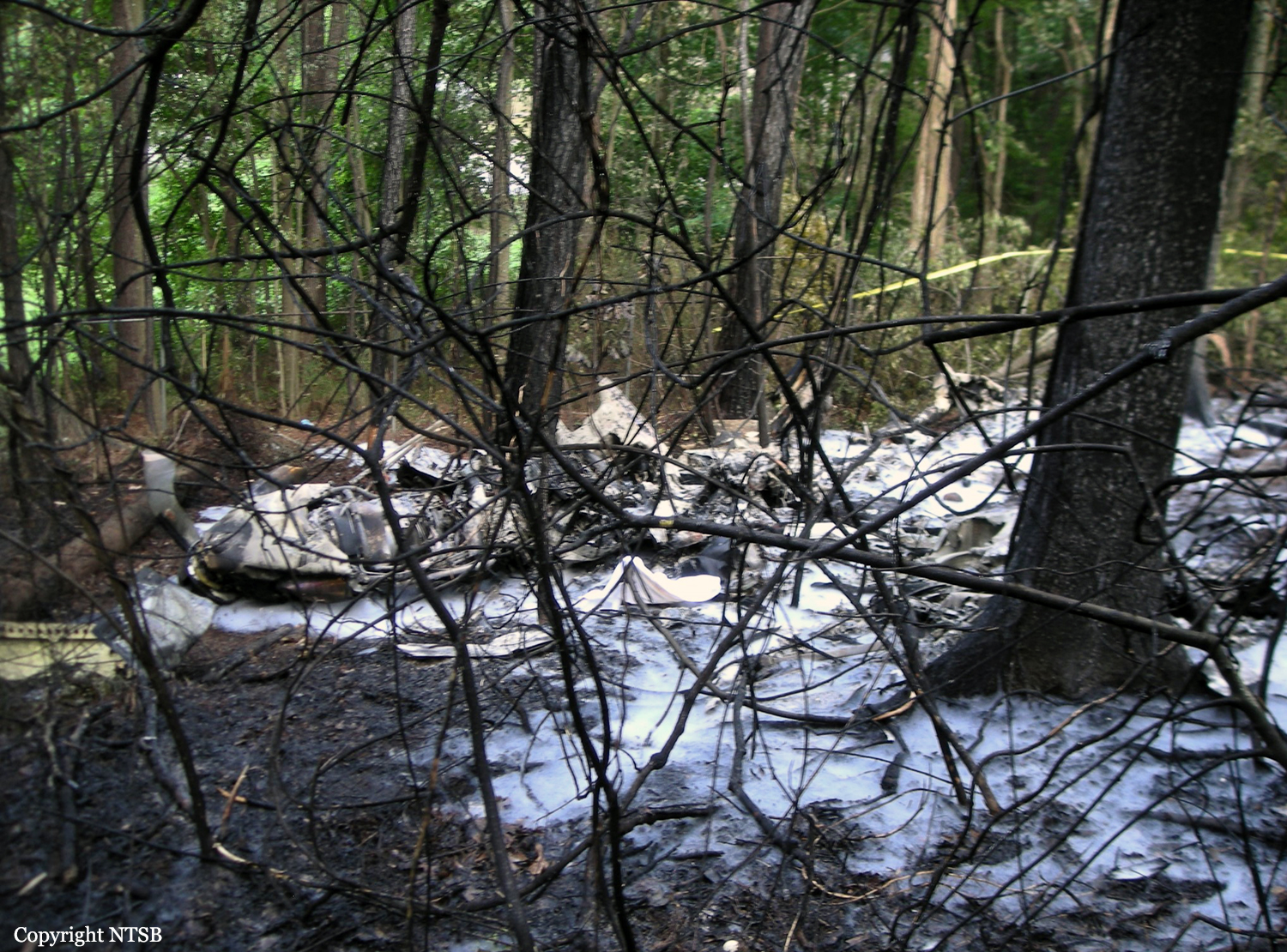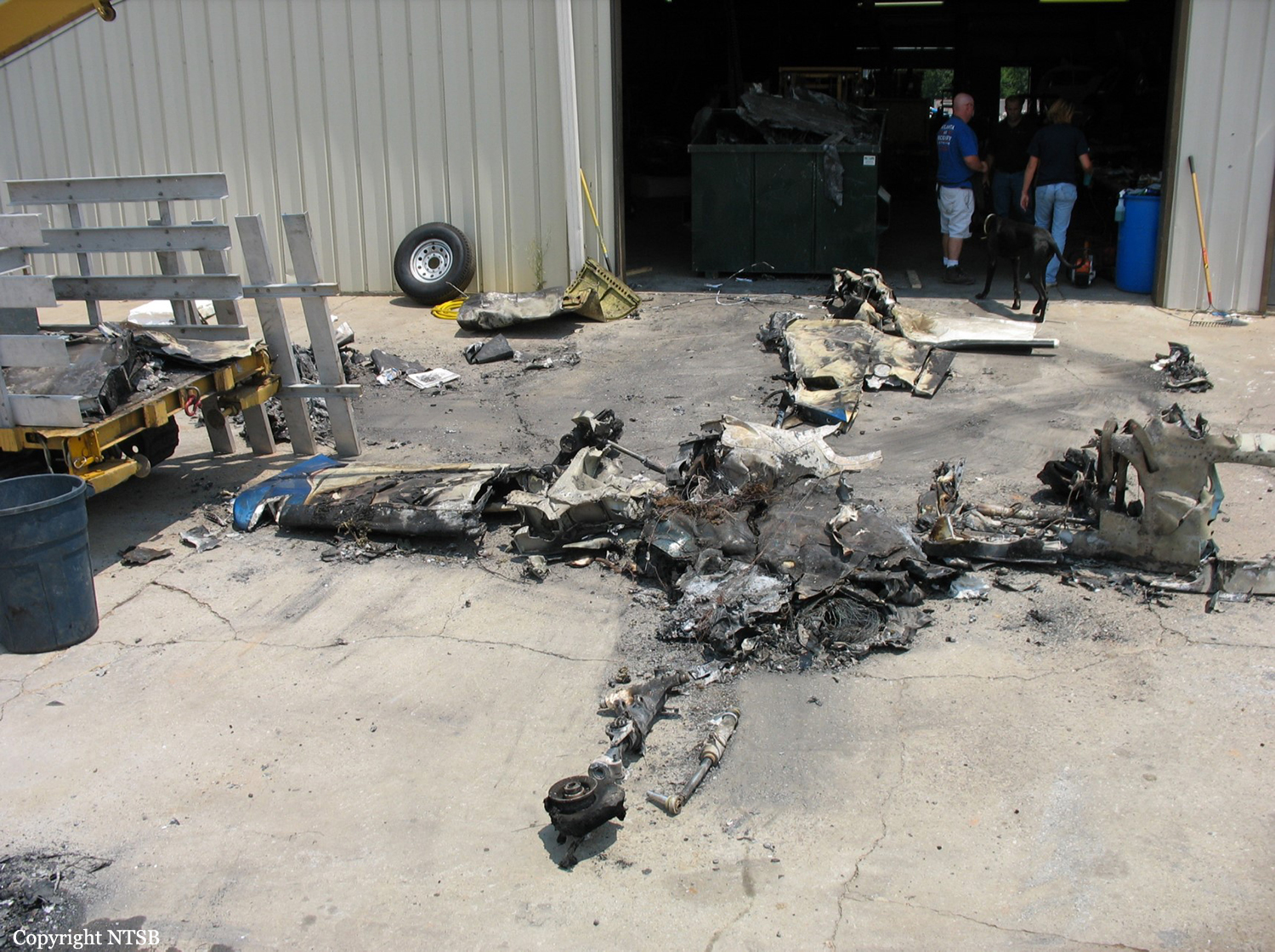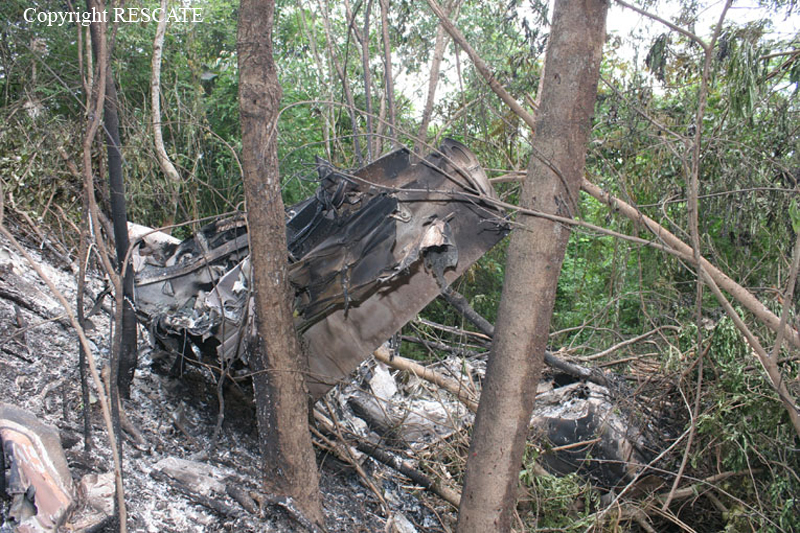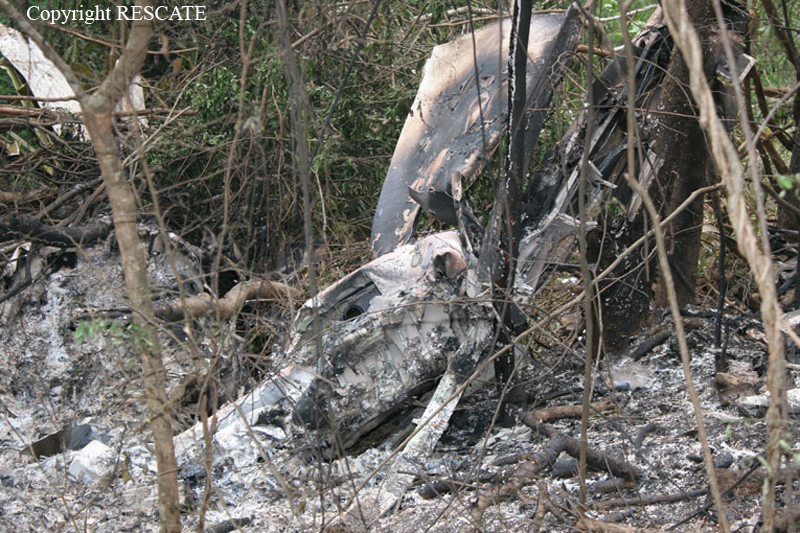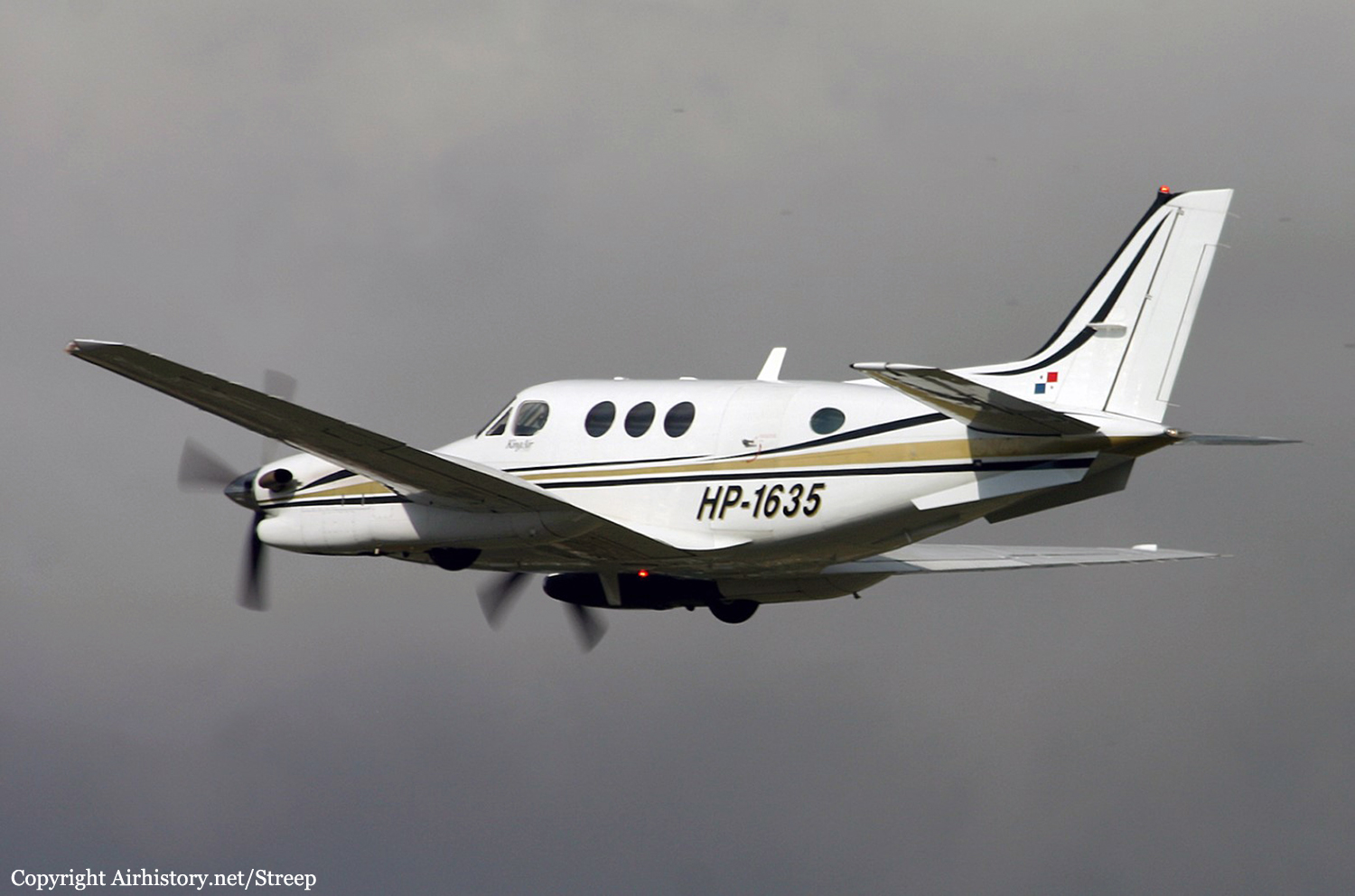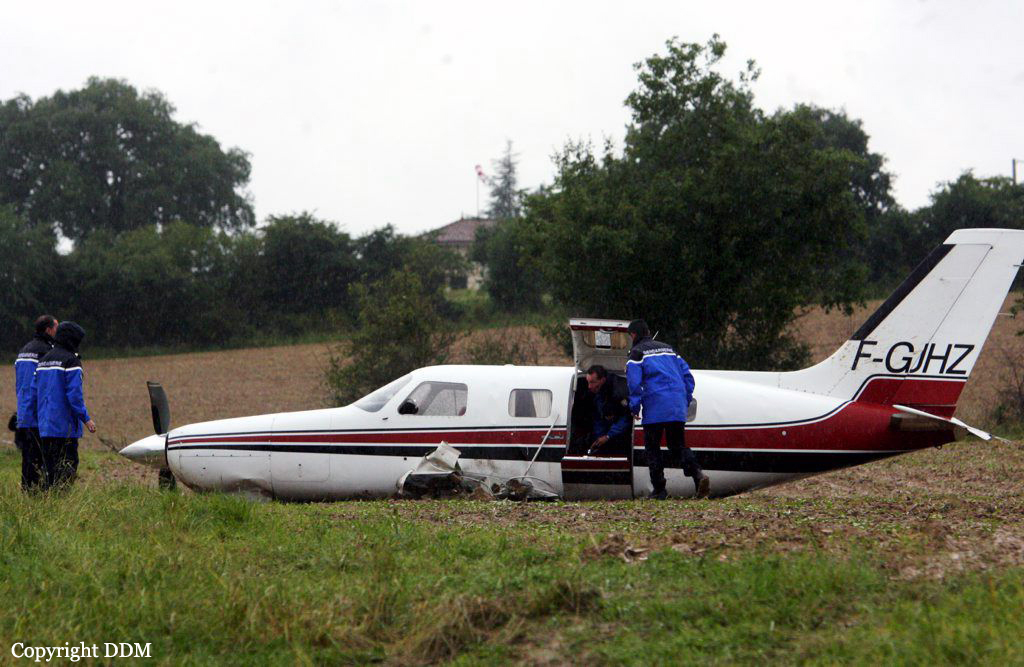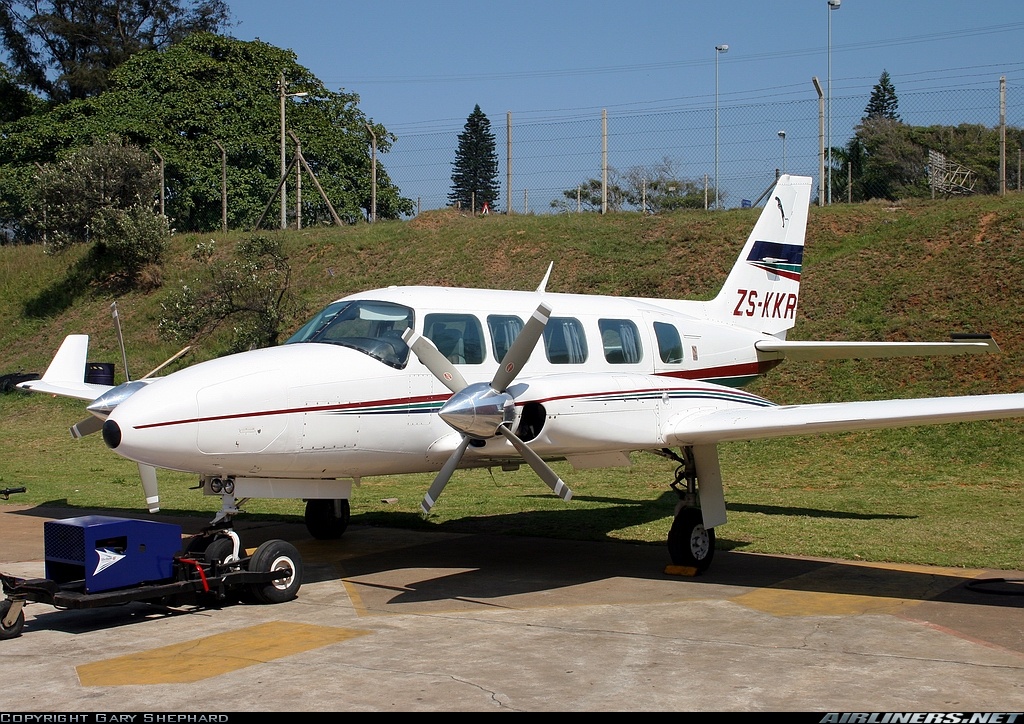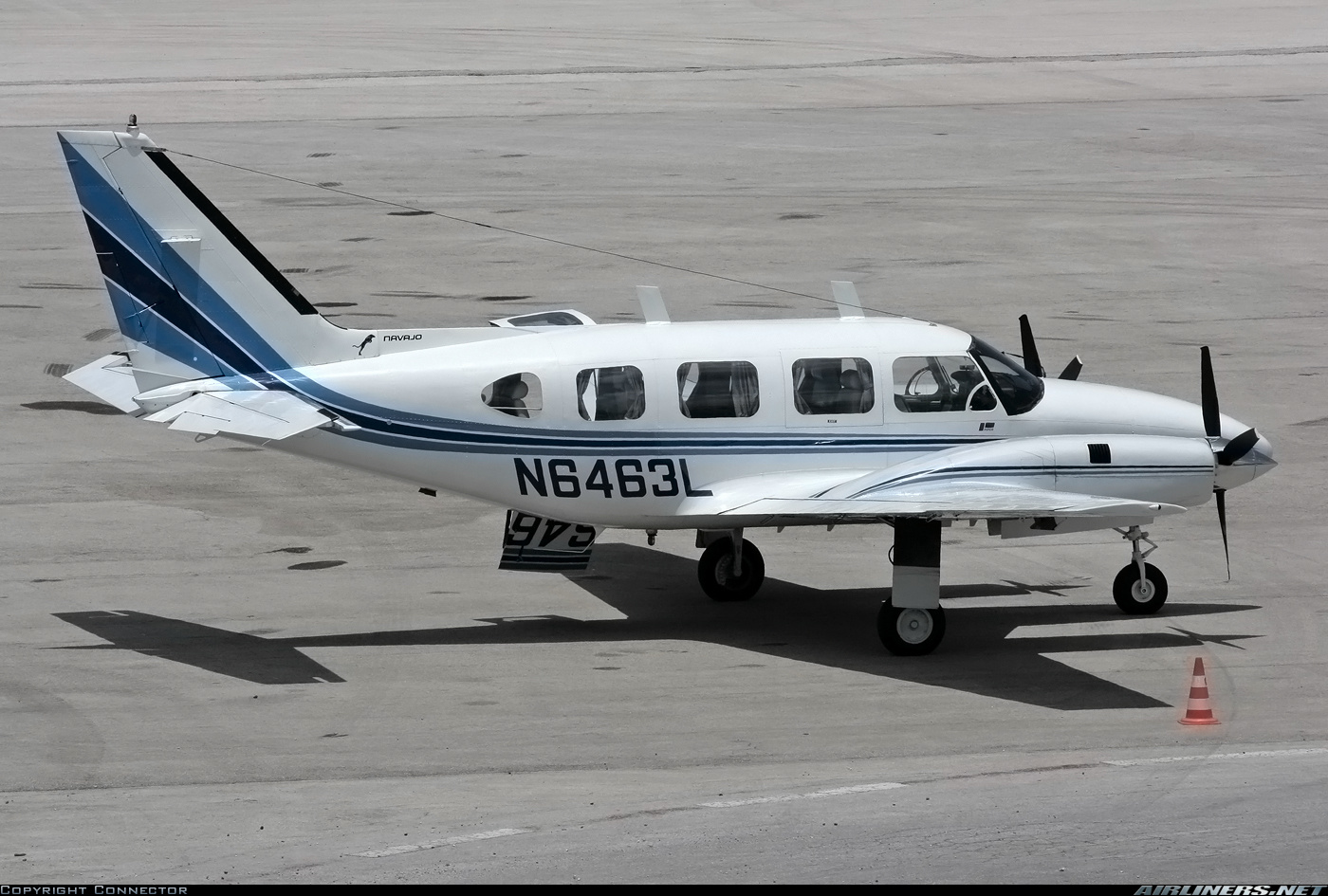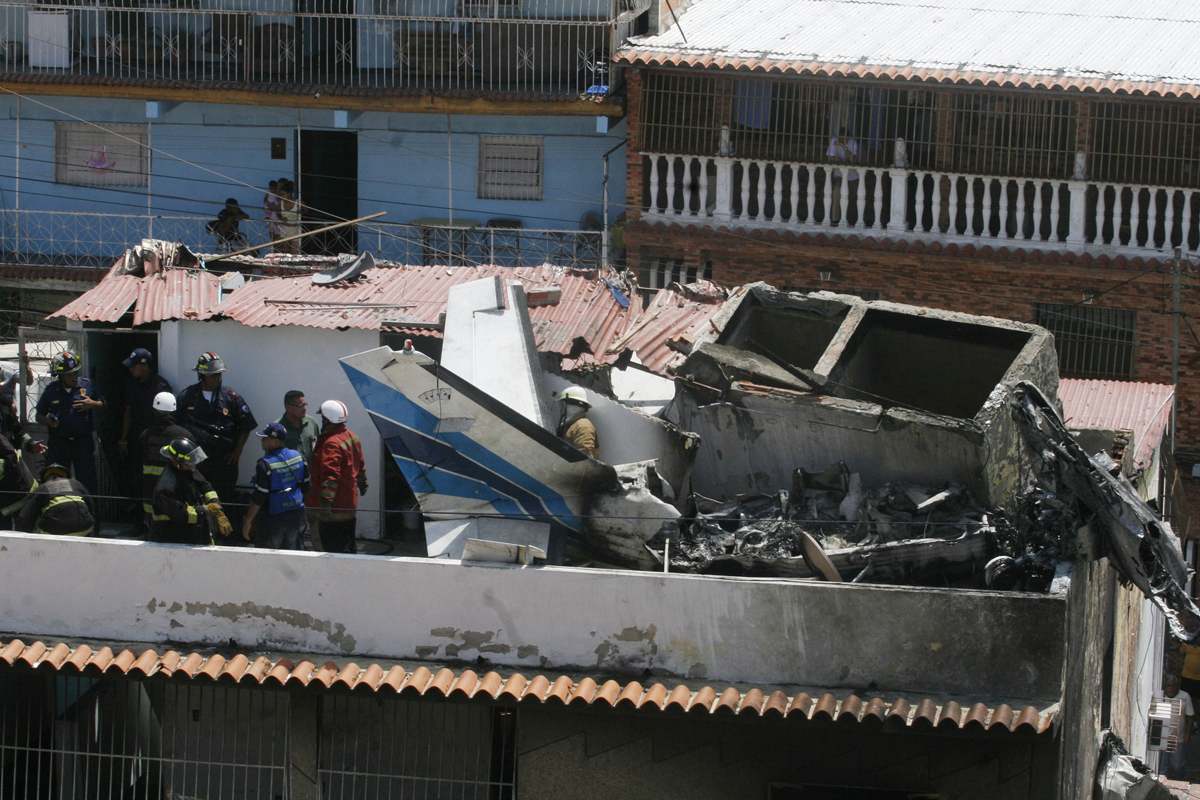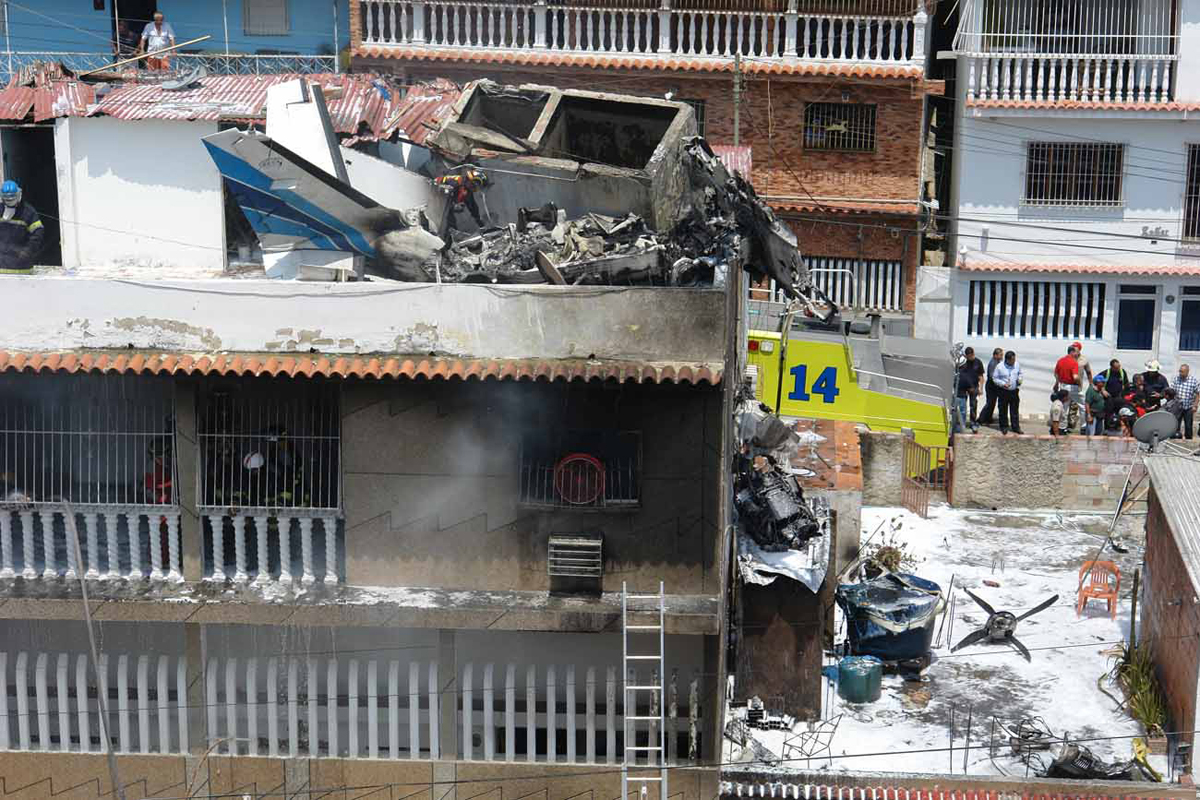Crash of a Cessna 414 Chancellor off San Andrés
Date & Time:
Jul 26, 2008 at 1052 LT
Registration:
XB-JBD
Survivors:
Yes
Schedule:
San Salvador – San Andrés – Barranquilla
MSN:
414-0253
YOM:
1971
Crew on board:
1
Crew fatalities:
Pax on board:
1
Pax fatalities:
Other fatalities:
Total fatalities:
0
Aircraft flight hours:
4480
Circumstances:
The twin engine aircraft departed San Salvador-Ilopango Airport on a private flight to Barranquilla with an intermediate stop in San Andrés Island, carrying one passenger and one pilot. On final approach to San Andrés-Gustavo Rojas Pinilla Airport runway 06, the left engine failed. The pilot increased power on the right engine but the aircraft continued to lose height. The pilot ditched the aircraft near the coast. Both occupants evacuated safely and were quickly rescued while the aircraft was damaged beyond repair.
Probable cause:
Failure of the left engine on final due to fuel exhaustion. It remained a total of 3 gallons of fuel in the left fuel tank and 23 gallons in the right main tank.
Final Report:
